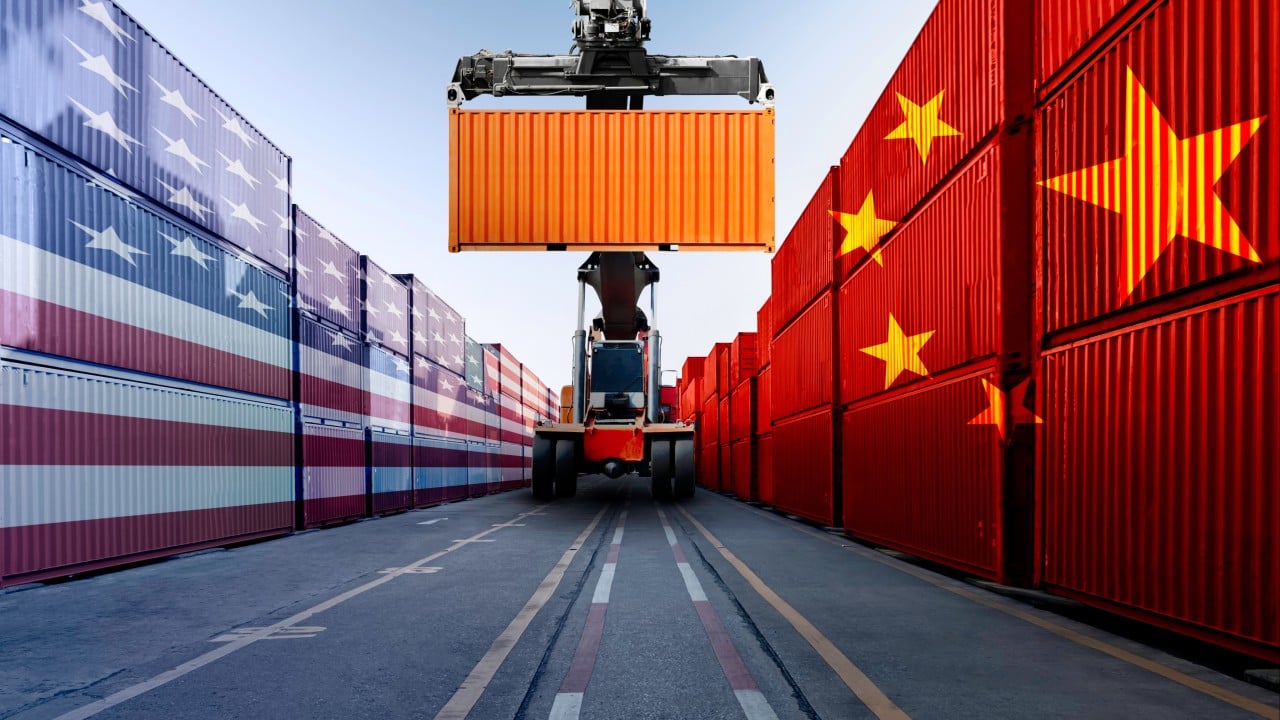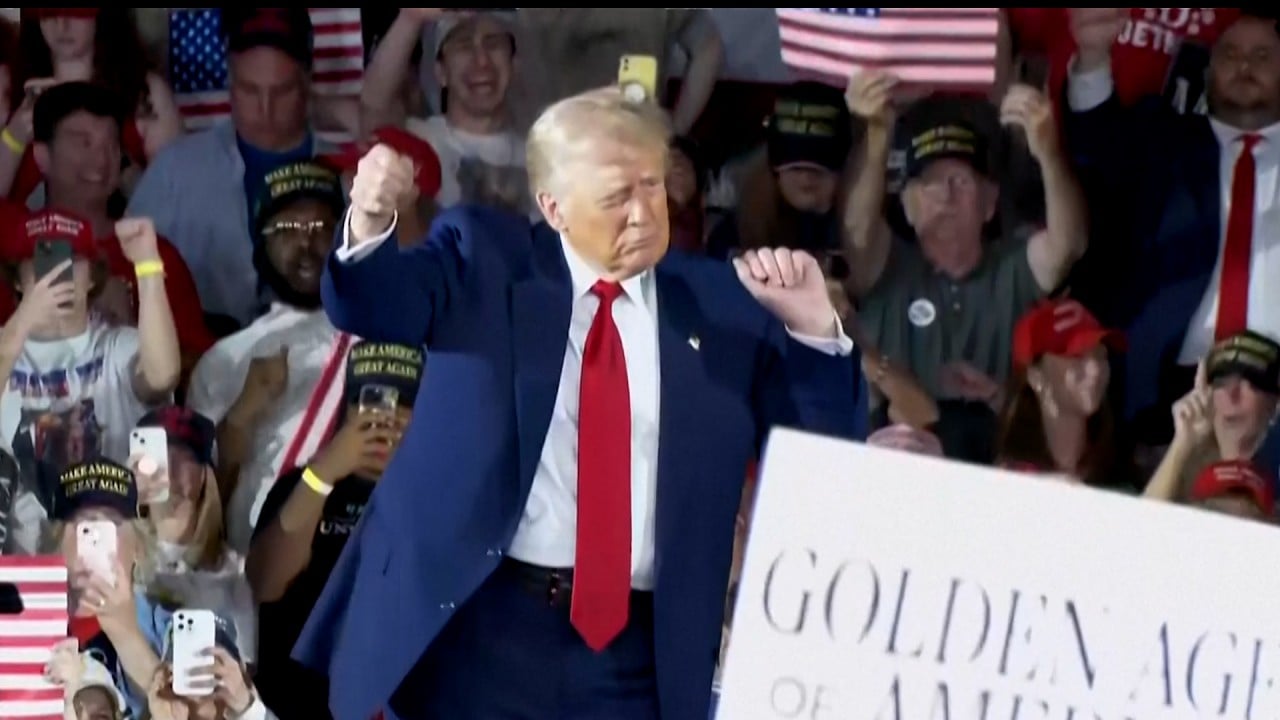US President Donald Trump’s decision to double down on tariffs on China while pausing escalation towards other countries may signify that the United States is entering the final stages of decoupling from “Chimerica” – the symbiotic relationship between the world’s two largest economies. However, the results of Trump’s approach so far suggest that a global economic restructuring in Washington’s favour is unlikely.
Advertisement
For Southeast Asian countries, this could result in a future characterised by unpredictable shocks. Despite the unpredictability of Trump 2.0, replacing US export markets, investments and technology inputs remains a difficult task. However, China is not only the fastest growing investor and leading trade partner for these nations but also possesses “escalation dominance” over the US in the ongoing trade war. Essentially, China is better equipped to withstand this conflict.
Exports are important but not critical to China, constituting around 20 per cent of gross domestic product, with the US now accounting for under 15 per cent of Chinese exports. The domestic drivers of China’s economy are evident in emerging sectors. China’s leading electric-vehicle maker BYD generates around 80 per cent of its revenue at home. Currently, an estimated 10 to 20 million workers in China are exposed to US export markets. In contrast, in the late 1990s, China’s state-owned sector laid off 35 million workers without causing national disruption.
The US is already expanding its restrictions beyond tariffs, prohibiting the export of critical goods to China. But China has developed import substitution efforts and methods to circumvent export control. In hi-tech sectors like chipmaking, China’s domestic industry generates almost all its revenue at home and can now meet many requirements independently, or source them from countries other than the US. China can also source agricultural and energy imports from third countries.
Unlike Trump’s erratic, incoherent, and seemingly improvised methods, China has long prepared for this situation. Beijing has expanded its export controls to leverage its dominance in minerals processing, most recently for rare earth elements. It is targeting US service imports like Hollywood films, and increasing non-tariff measures that affect US exports linked to politically significant constituencies in America.
Unsurprisingly, there is no sign of the deal-seeking from Beijing that Trump had apparently expected. Conversely, the US is already signalling at least a partial retreat.
Advertisement


